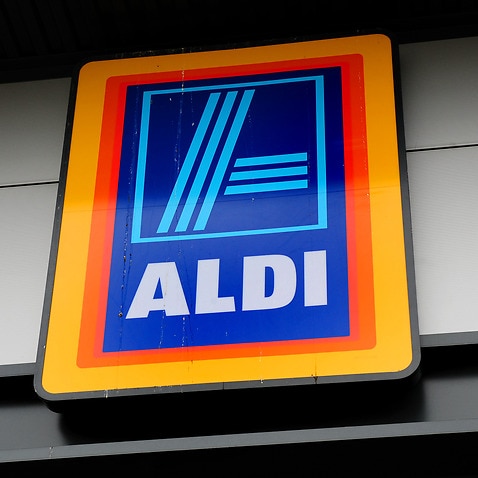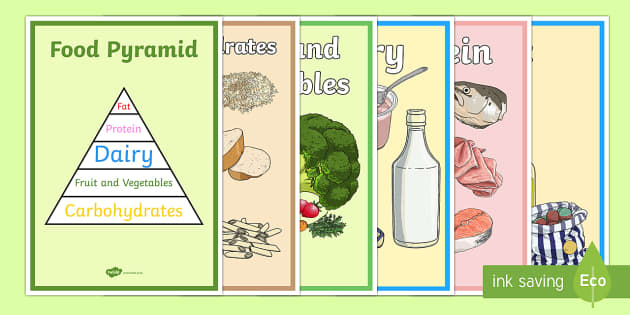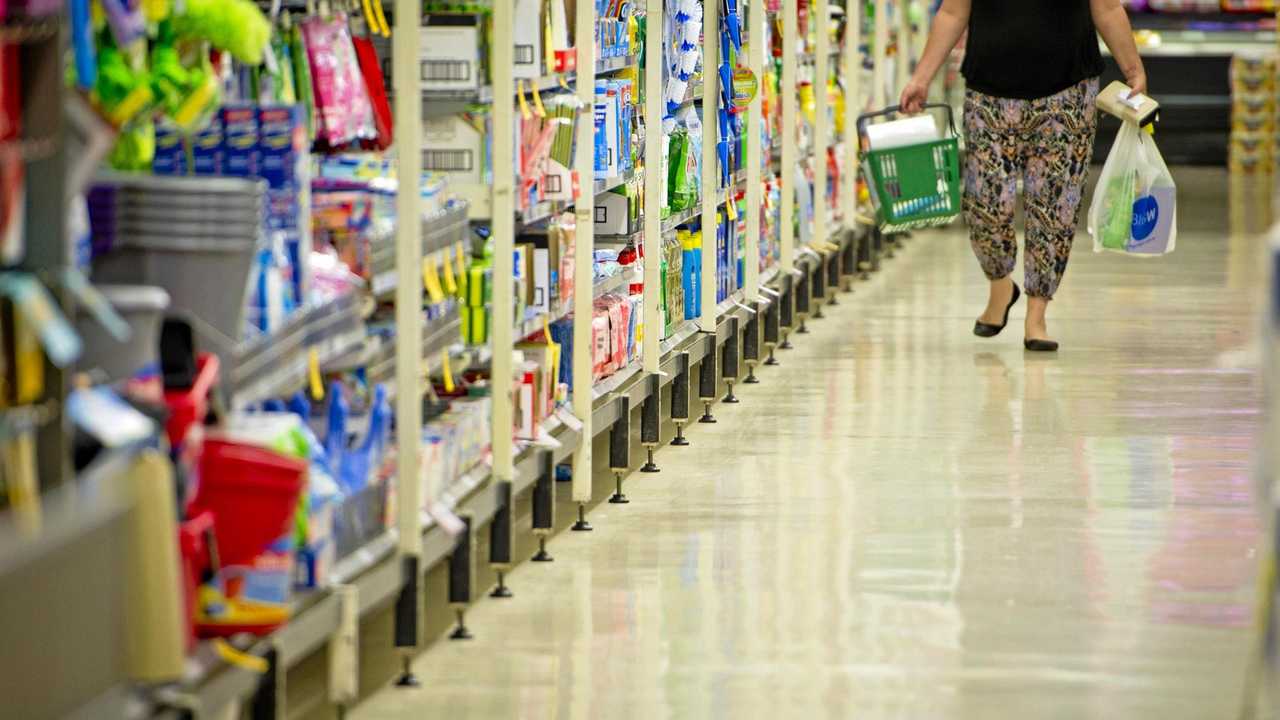42 new food labels australia
P1044 - Plain English Allergen Labelling - Food Standards The Australia New Zealand Food Standards Code (the Code) requires these to be declared on labels when they are present in food. On 25 February 2021 the Code was amended to introduce new requirements for the labelling of allergens in food. These requirements include that allergen information is to be declared: Label your products | business.gov.au If you are an importer, manufacturer or supplier of energy efficiency regulated products in Australia, you may be required to display an energy rating label. The fuel consumption labelling standard requires a model specific fuel consumption label to be placed on the windscreens of all new vehicles up to 3.5 tonne gross vehicle mass.
Farmers hope new food labelling laws spur consumers to buy ... After a two-year phase-in period, new country-of-origin food labelling laws come into full effect in July. An example of the new labelling system that is now compulsory. (Supplied) The labels clearly spell out where food is from, and which foods are grown, produced or made in Australia. All priority foods must display new country-of-origin labels.

New food labels australia
New Food Labelling Laws Begin July 1 Businesses selling food in Australian retail stores, markets, online or in vending machines will need to apply the new food labels from July 1. However, it doesn't apply to those selling food for immediate consumption such as restaurants, cafes, take-away shops, schools, caterers, prisons and fundraising events. Food labelling - healthywa.wa.gov.au The supplier's name and their Australian or New Zealand business address is required on food package labels. The term 'supplier' includes the packer, manufacturer, vendor (the business selling the food) or importer (the business bringing the food into Australia). Food labelling - NSW Food Authority New requirements for labelling the most common allergens in food commenced on 25 February 2021. The changes to the Food Standards Code will help people find allergen information on food labels more quickly and easily, so they can make informed and safe food choices. For more information see Changes to allergen labelling .
New food labels australia. Labelling laws | NSW Food Authority Labelling requirements for food sold in Australia and New Zealand are set by the Food Standards Code. Provisions for nutrition labelling on menus at larger fast and snack food outlets are also contained in the Food Act 2003 (NSW) and in Food Regulation 2015. The NSW Food Authority is responsible for administering and enforcing these provisions in NSW. How to understand food labels - Eat For Health Labels on most packaged food must meet strict requirements that include information for people with food allergies, food additive listings and food storage instructions. More information about food labelling requirements can be found at Food Labels - What do they mean? Food Standards Australia and New Zealand [PDF, 1MB]. Food label information | NSW Food ... - NSW Food Authority Part 1.2 of the standards sets out this requirement. All food labels must contain the following information: Name and/or description of the food. Identification of the 'lot' number (food recall information) Name and Australian or New Zealand street address of the supplier of food (food recall information) List of ingredients. Date mark. Country of origin labelling - Food Standards The Australian Government introduced a country of origin food labelling system under Australian Consumer Law on 1 July 2016. Country of origin labelling requirements for food is in the Country of Origin Food Labelling Information Standard 2016, under the Competition and Consumer Act 2010. These requirements became mandatory on 1 July 2018.
Australia - Labeling/Marking Requirements The joint Australia New Zealand Food Standards Code requires all packaged food to be labeled with nutritional information on how much fat, protein, energy, carbohydrates, and salt is in the product. Labels must also show the percentage of key ingredients and all the main ingredients that may cause allergies. Food labelling FAQs | ACCC The Country of Origin Food Labelling Information Standard (Standard) commenced on 1 July 2016. The Standard establishes a new system for the country of origin labelling of food products sold in Australia. Businesses have up to two years to transition to the labelling requirements set out in the Standard. Food Labelling - Day Dots & Kitchen Labels | Nisbets Australia Accurate food labelling is essential in any commercial kitchen. From day dots to stock rotation labels, these stickers are vital to ensure you comply with food safety legislation. Using dot stickers or food rotation labels will help you manage your stock safely and efficiently. With food labels, you'll know exactly when your food or ingredients ... Country of origin food labels | Department of Industry ... The current requirements for country of origin labelling for food came into full-effect in July 2018. We reviewed the reforms in 2021. The review examined how well the reforms: improved consumer access to information about the origin of food clarified the origin claims businesses can make about their products
Food Labelling & Allergen Guide - Australian Food and ... It was first development by the AFGC in 2007 but an updated edition was jointly published by the AFGC and Allergen Bureau in April 2021. New to the Guide in 2021 are: Managing and communicating changes to the allergen status of a packaged food Differentiating similar products with differing allergen content Country of origin food labelling | business.gov.au Country of origin food labelling can let consumers know which country a product came from. If you supply food for retail sale in Australia then the Country of Origin Food Labelling Information Standard 2016 (the Information Standard) may apply to your products. If the Information Standard does not apply to your product, then the Australia New Zealand Food Standards Code will apply. Develop your own label. - Correct Food Systems Australia recently adjusted their Allergen Labelling requirements. See Webpage Plain English Allergen Labelling The common food allergens and sulphite preservatives must be listed in the ingredients list, or in a separate statement on or near the food. Labelling - Food Standards Food labels also help to protect public health and safety by displaying information such as use by dates, ingredients, certain allergens, instructions for storage and preparation, and advisory and warning statements. FSANZ sets standards for what information must be on food labels. FSANZ has developed information on a range of labelling topics.
Changes to food labelling laws - The Australian Made Campaign From July 1, 2016, the Australian Government incorporated the Australia Made Campaign Ltd's (AMCL) Australian Made, Australian Grown (AMAG) kangaroo logo into a new country of origin label, which, on July 1, 2018, became mandatory for most Australian food products sold in Australia.
PDF Australian Made, Australian Grown Logo The Logo & Food ... Under the new scheme, most food products grown, produced or made in Australia will be required to carry a new country of origin mark, comprising three elements: 1the kangaroo logo 2 a bar chart showing the percentage of Australian content (by ingoing weight) 3a text statement
Changes to allergen labelling | NSW Food Authority New requirements for labelling the most common allergens in food commenced on 25 February 2021. The changes to the Food Standards Code will help people find allergen information on food labels more quickly and easily, so they can make informed and safe food choices. The changes include:
Food labels - Better Health Channel Under labelling laws introduced in Australia in 2003, virtually all manufactured foods must carry an NIP. There are exceptions to the labelling requirements, such as: very small packages and foods like herbs, spices, salt, tea and coffee single ingredient foods (such as fresh fruit and vegetables, water and vinegar) food sold at fundraising events
Food labelling - health.vic.gov.au Food labelling Key messages All packaged foods sold in Australia must comply with the labelling requirements of the Australia New Zealand Food Standards Code, which applies in Victoria through the Food Act 1984. Food labels must carry essential information, so that consumers are informed of the nature and properties of foods before they buy.
Australia's new compulsory food labelling laws begin from ... Australians will now have a better idea about where their food is grown and made after tough new labelling became law on July 1. The new labels tell buyers what is 100 per cent grown in Australia or made in Australia from Australian ingredients, or if only the processing is done in Australia.
Labelling - Food Standards The Food Standards Code includes the general labelling and information requirements (Chapter 1 of the Code) that are relevant to all foods, and sets out which requirements apply in different situations (for example food for retail sale, food for catering purposes, or an intra-company transfer).
Grown in Australia? New food labelling system offers the ... Australian consumers will have more information about whether their food is grown or produced in the country after a new food labelling system comes into effect on Sunday. From 1 July,...
Nutrition information panels - Food Standards Nutrition information panels (NIP) on food labels provide information on the average quantity of energy in kilojoules or in kilojoules and kilocalories and these nutrients: protein fat saturated fat carbohydrate sugars sodium - a component of salt. A NIP will include information about other nutrients if a claim is made.
Food labelling - NSW Food Authority New requirements for labelling the most common allergens in food commenced on 25 February 2021. The changes to the Food Standards Code will help people find allergen information on food labels more quickly and easily, so they can make informed and safe food choices. For more information see Changes to allergen labelling .

Australia's getting new country of origin food labels - here's what they look like | Business ...
Food labelling - healthywa.wa.gov.au The supplier's name and their Australian or New Zealand business address is required on food package labels. The term 'supplier' includes the packer, manufacturer, vendor (the business selling the food) or importer (the business bringing the food into Australia).
New Food Labelling Laws Begin July 1 Businesses selling food in Australian retail stores, markets, online or in vending machines will need to apply the new food labels from July 1. However, it doesn't apply to those selling food for immediate consumption such as restaurants, cafes, take-away shops, schools, caterers, prisons and fundraising events.












Post a Comment for "42 new food labels australia"